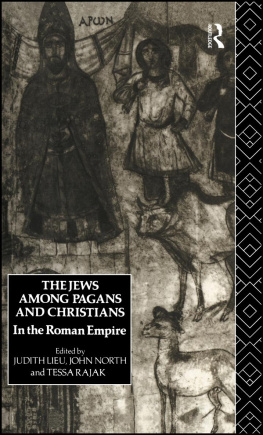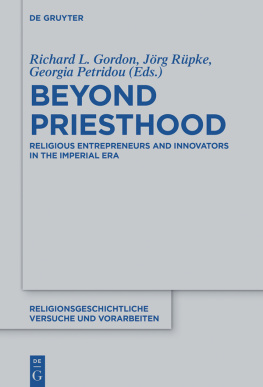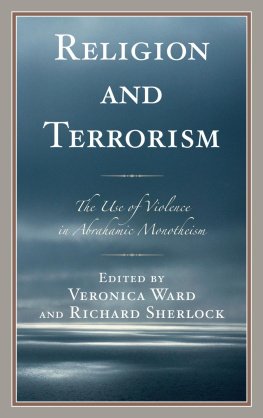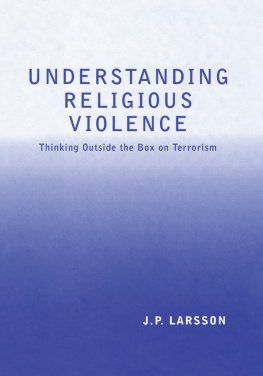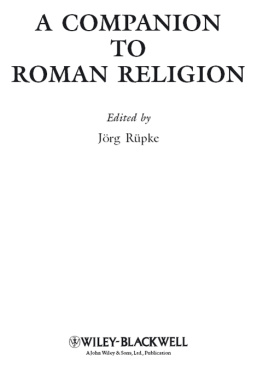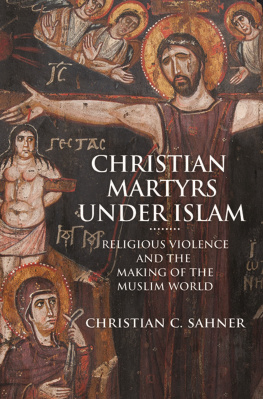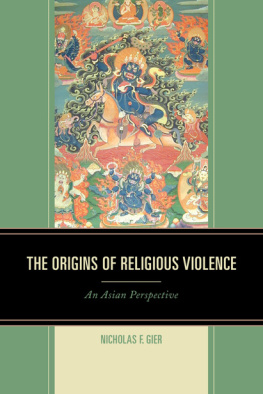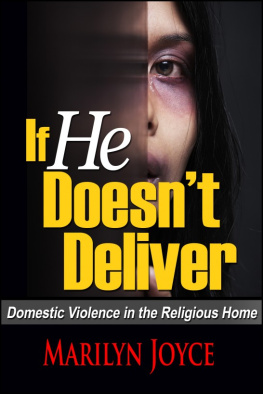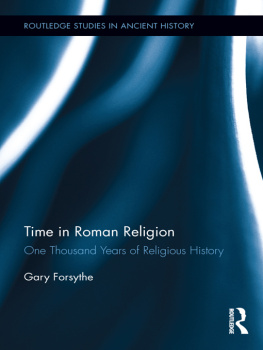Religious Violence, Political Discourse, and Christian Identity in the Century after Constantine
Preface and Acknowledgments
This is a book about violence, its reality, its perceptions, and its consequences. It takes as its premise that violent acts cannot be understood apart from the moral and ideological context in which they take place. It seeks to approach the problem from multiple perspectives, illuminating the views and voices of both violent actors and victims, of apologists, observers, and opponents both praising and condemning the same deeds. In studying religious violence in late antiquity, it aims not simply to catalog events but also to explore the relationship between action, ideology, and mentality. In the context of the Christian Roman Empire, arguments about violence and its proper use formed the leading edge of broader controversies over the nature of legitimate power, the definition of religious community, and the proper relation between the spiritual and the secular.
This book began as a dissertation, which itself started with an attempt to make sense of the puzzling behavior of violent monks who assaulted pagan temples and seemed to welcome death in doing so. In disregard of repeated cautions about the sprawling and potentially limitless nature of a topic such as religious violence in late antiquity, each effort to circumscribe my inquiry within practicable limits led me instead to broaden it, as I read further and further on topics ranging from martyrdom and persecution, to the Donatist controversy and other intra-Christian sectarian conflicts, to the misbehavior of powerful bishops, and finally to the political machinations and ideological clashes of church councils. I soon realized that a comprehensive survey of violence in all its varieties and manifestations was neither desirable nor feasible, and this book does not attempt any such thing. Instead, I searched for a thematic focus, a synthesis to connect disparate and seemingly unrelated forms of conflict. I found in ideologies of martyrdom and resistance a continuity between the suffering of violence and violent action, making sense of the behavior of zealots not only in their violence against non-Christians but also in sectarian conflict between Christians, and in their mixture of martyrial ideology and ascetic zeal I began to see common elements underlying a paradigm of religious extremism, a justification for zealous action enacting the anger of God against enemies of the faith.
But the extremists, whose words and deeds by their very nature tended to attract notice out of all proportion to their numbers, formed only one part of the picture. A more fully balanced perspective required me to look also at their counterparts at the centers of establishment power. Emperors, magistrates, and leading bishops, though speaking and acting in more measured and moderate tones, commanded and often employed a far greater preponderance of coercive power than the zealots, and justified their repression of dissidents through a rhetoric of hierarchical discipline and compassionate, paternalistic concern. I have, then, framed this study as a contrast between the violence of the extremists, arising from zealous anger, and that of the center, grounded in the authorities desire to maintain order and harmony at all costs.
Although this work is firmly focused upon the Constantinian empire, the Roman world of the fourth and fifth centuries, it is my hope that the book will be of use not only to late-antique specialists but also to readers with general interests in the comparative and thematic dimensions of religious conflict and violence in more recent times. Once thought to belong safely to the realm of the premodern, religious violence has in recent years thrust itself explosively into our consciousnessa fact brought home to me most clearly, as no doubt to many others, when awakened on a terrible morning in September of 2001. This book makes no claim to offer explanations, still less solutions, for the violent convulsions of our own times. Each era must be interpreted in its own right and according to its own principles and standards. Present-day conflicts, while in many cases drawing upon religious discourses, identities, and symbols with roots in the ancient past, nevertheless employ thoroughly modern techniques of political organization and communication and technologies of repression or destruction. The issues, ideologies, and grievances fought over are unique to their own time. But behind all these particularities what we seein the fourth century no less than the twenty-firstare human actors who must justify their actions both to themselves and to others and whose strategies of rationalization and contestation look surprisingly similar across dramatically different historical and cultural contexts. In what sometimes seemed a distraction from my central focus on late antiquity, I have read widely (if haphazardly) in subjects ranging from Reformation-era Europe to contemporary Hindu nationalism and Islamic radicalism and even to extremisms of both the right and the left within my own countrys recent history. Without making any claim to expertise on these subjects, I have nevertheless gained from them many insights that have allowed me to approach familiar late Roman material from new and different directions.


